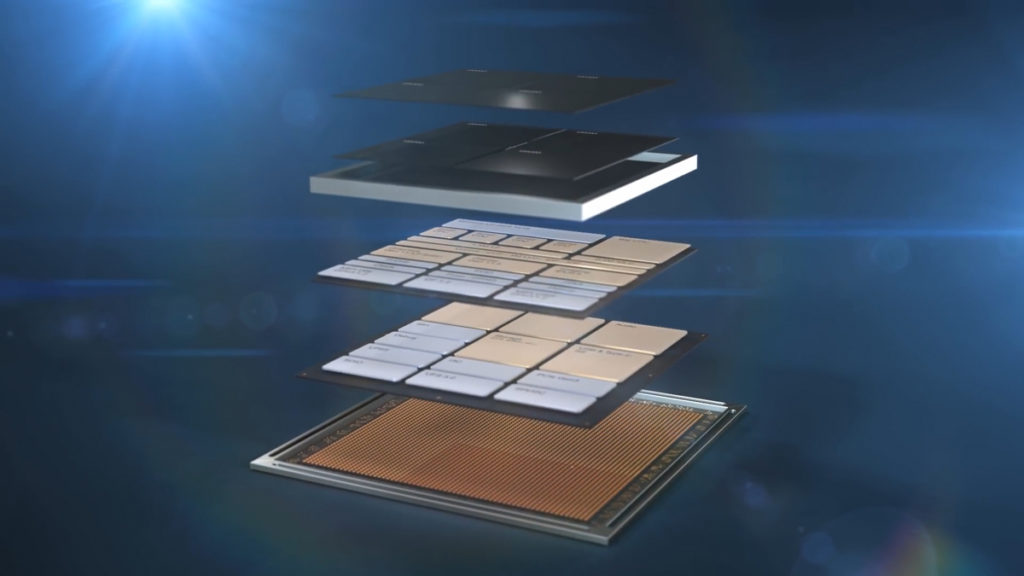
Intel CEO Pat Gelsinger said in an interview yesterday that Intel plans to adopt a 3D Stacked cache on some of its processors in the future. This news comes as AMD is now on its second generation of 3D V-Cache consumer-grade CPUs which have proven to be some of the fastest gaming processors in the world. It has been a number of years since rumors suggested that Intel plans to adopt 3D Stacked cache technology but Gelsinger confirmed this at yesterday’s Innovation 2023 event. The belief has been that Intel would apply its Foveros 3D hybrid technology that was introduced in 2020 to other processors but Intel has largely been quiet on that front since its introduction. However, it sounds like that is about to change as Gelsinger answered during a Q&A that Intel has projects spanning from consumer to enterprise/datacenter, and AI, in the works.
Pat Gelsinger (via Tom’s Hardware):
“When you reference V-Cache, you’re talking about a very specific technology that TSMC does with some of its customers as well. Obviously, we’re doing that differently in our composition, right? And that particular type of technology isn’t something that’s part of Meteor Lake, but in our roadmap, you’re seeing the idea of 3D silicon where we’ll have cache on one die, and we’ll have CPU compute on the stacked die on top of it, and obviously using EMIB that Foveros we’ll be able to compose different capabilities.”
“We feel very good that we have advanced capabilities for next-generation memory architectures, advantages for 3D stacking, for both little die, as well as for very big packages for AI and high-performance servers as well. So we have a full breadth of those technologies. We’ll be using those for our products, as well as presenting it to the Foundry (IFS) customers as well,” Gelsinger concluded.”
Gelsinger was suitably vague about exactly which processors might be getting the 3D cache treatment other than mentioning that it would not be happening with its Meteor Lake CPUs. Ironically, Intel has mentioned in numerous announcements in 2020 the advantages of using hybrid 3D cache technology which can range from increased performance with lower power draw, something that has been shown with AMD’s 3D V-cache offerings which often go toe-toe with Intel’s flagship gaming CPUs that are seen consuming greater amounts of power during similar workloads. Here is a review of the AMD 7800X3D vs. an Intel Core i9-13900K and Core i7-13700K. AMD’s first 3D V-Cache CPU, the 5800X3D made a number of waves on its own with its debut in 2022 when it was seen beating Intel’s then flagship CPU the Core i9-12900KS (whose TDP ranges from 150W to 241W vs. 5800X3D at 105W).
To 3D or not to 3D?
It should be noted that 3D cache technology is not the end-all-be-all solution for everything. Even for gaming, it doesn’t always prove to provide the highest FPS in every game, and performance gains can largely depend on a game’s engine and design. Additionally, there are many times that synthetic benchmarks can show a similar non-3D unlocked CPU or others with higher core counts coming out ahead of a similar 3D processor but then potential buyers need to evaluate exactly what their primary use scenario is for their PC. As our own Brent Justice found out with a performance comparison review of the 5800X3D vs. its non-3D counterpart, the 5800X, it can be a mixed bag. However, from often lower costs, and lower power draw (thus less heat), they do have some nice advantages when compared to other flagship processors.
